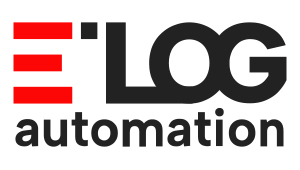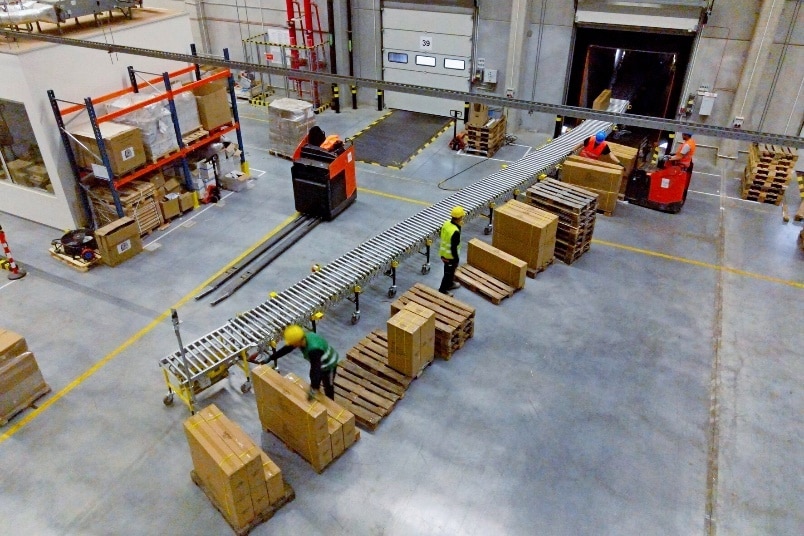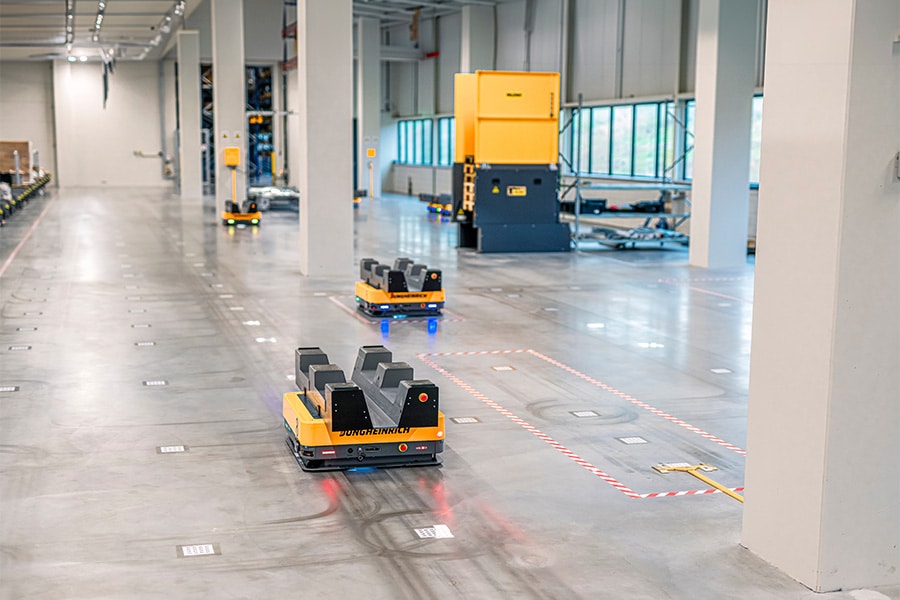
The future of automation is independent
By Sven Laureys, Head of Solution Engineering, E'Log Automation
Automation is no longer just a matter of technology. The real challenge is in how to design, implement and evolve systems. In that context, independent system integration is gaining ground. Not as an ideological choice, but as a pragmatic way to better align automation with today's reality and tomorrow's uncertainty.
But what exactly do we mean by independent? Simple: a way of working where, as a company, you are free to choose the right technology based on your operational needs, not on a fixed vendor catalog or preferred brands. Independence creates space. Space to think in terms of your processes, your people, your infrastructure and your vision for the future. And precisely that space makes independent automation more sustainable, more flexible and more customized.
Innovation begins with choice
When you are free to combine technologies from different vendors, you accelerate innovation. That freedom allows you to search for the best possible solution every time, without compromising on quality, scalability or integration.
Independence also forces you to remain creative and critical. You don't look at what is available, but at what really fits. And that is exactly what stimulates innovation: you make combinations that are more effective, more efficient or more future-proof than what is offered as standard, tailored to your specific needs.
Customization without compromise
Every warehouse and production site is different. Yet too often we still see solutions that start from standard blueprints or fixed combinations of components. Independent system integration breaks that pattern. It allows you to start from practice: what does your goods flow look like? Where are the bottlenecks? What should the system be able to do today and where do you want to go?
Moving away from predefined packages creates room for co-creation between you as a customer and your integrator. Technology then becomes not an end in itself, but a means to achieve a functional and realistic solution. A solution that fits your operation while leaving room for later adjustment.
Flexible investing across the life cycle
Those who automate independently don't have to do everything at once. You can start small and expand later, without overturning your initial choices. Thanks to a modular structure and the use of open standards, it is perfectly possible to evolve step by step.
That flexibility also makes retrofits interesting. It is often not at all necessary to completely replace an existing installation. By modernizing in a targeted way - replacing an outdated conveyor, for example, or optimizing a zone with AGVs - you can achieve quick returns without long-term downtime or high investments.
So independence helps not only to choose the right solution, but also to use wisely what is already in place. That lowers the total cost over the life of your system and increases agility in the long run.
The benefits of independence, today and tomorrow
Independent automation is not a radical choice. It is a realistic approach that starts from control, transparency and scalability. And those who approach automation that way win twice: today in execution, tomorrow in adaptability.
By freely choosing how and with what to automate, you lay a foundation that grows with your organization. No dependencies, no detours. Just a system that works, on your terms.
Heeft u vragen over dit artikel, project of product?
Neem dan rechtstreeks contact op met E'Log Automation.
 Contact opnemen
Contact opnemen




